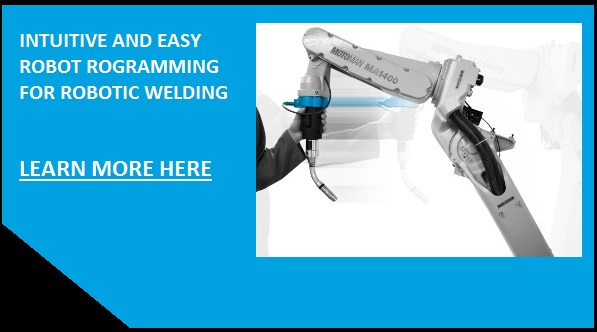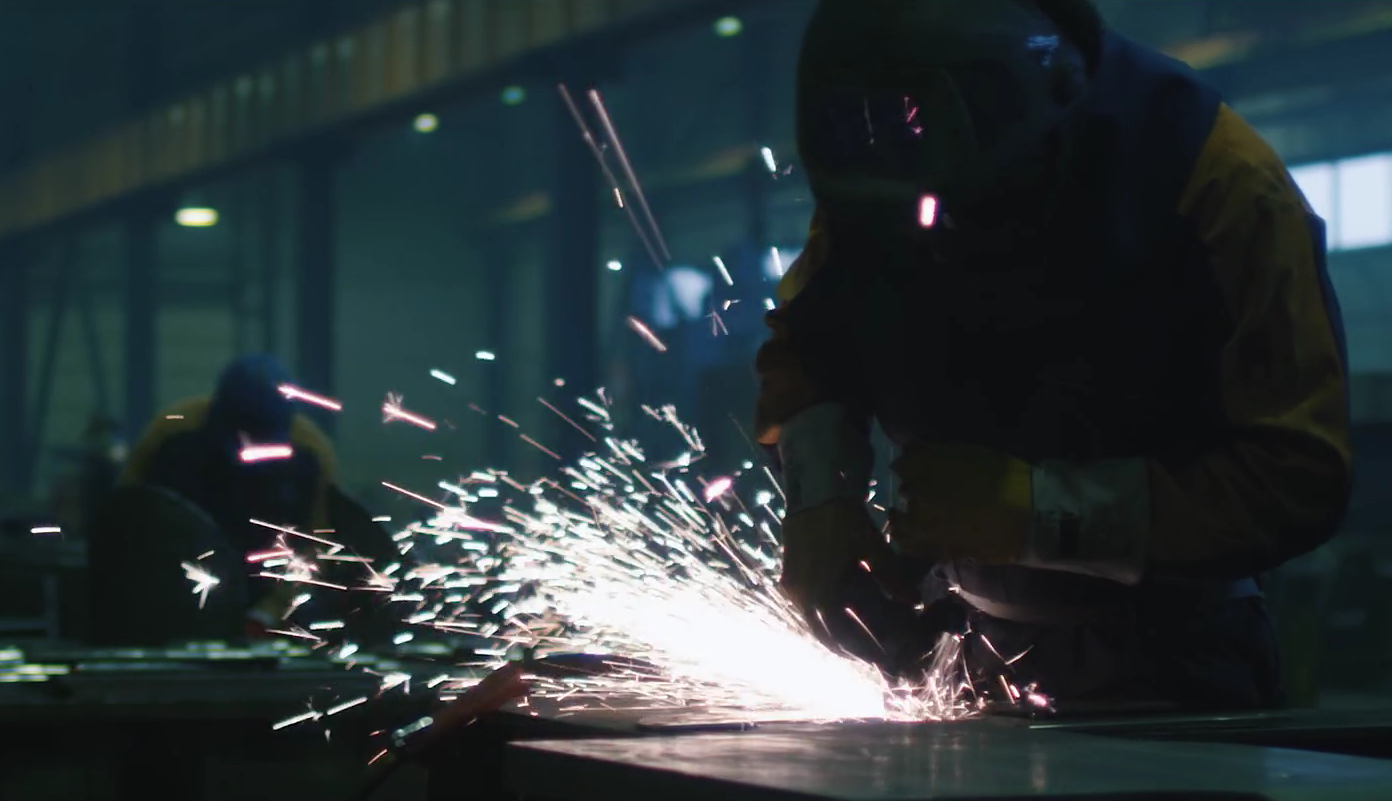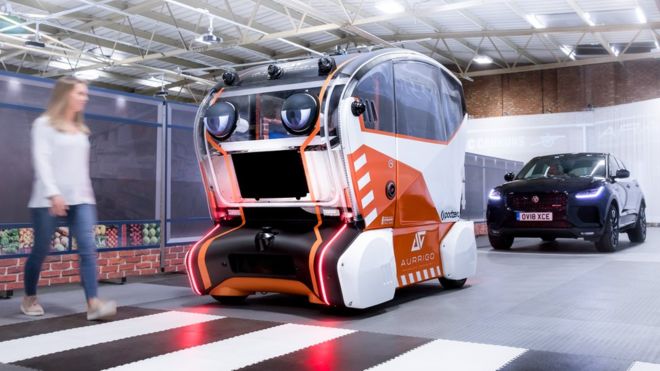Integrating a Robotic Welding Process - Part 1 - Make a Pre-Diagnosis

Posted on May 20, 2014 8:00 AM. 2 min read time
This article is the first of a series, where we give you tricks and tips that we have collected from our customers and contacts in the welding automation world. This information is quite important if you have never experienced robotic integration before. Taking these tips seriously will guide you through an easier integration for your welding robot.
Part 1. Make a pre-diagnosis

This step will focus your thinking about all the factors that are involved in the implementation of a robotic cell. Most of the time, you can judge if the project is realistic or likely to be more trouble than it's worth. Get experienced welders and managers involved in order to get the best input from your plant floor. The following aspects should be discussed in the pre-diagnosis:
-
The targeted product to weld: Determine the part or the part family that will be welded together and the sustainability of it.
-
Total production size: What is your annual production of this part or what is the planned production for this specific assembly?
-
Production lot size: How many parts can be welded with the same setup?
-
Cycle time for manual welding operation: Determine the normal time it would take to weld these parts, this will be your starting point to see if you can establish a good return on investment (ROI).
-
Assembly difficulty level: What is the main issue(s) for the assembly? Is there any way to solve this problem(s)? More importantly, can a robotic cell handle such an assembly?
-
Welding process used: The same welding process that is used manually can be used in a robotic cell, so there is no major change when going from manual to automated welding operations.
-
Preliminary part preparation: Think about all the steps that need to be prepared before the welding operation starts.
These items can start your pre-diagnosis off in the right direction to begin evaluating your welding needs and whether or not a robotic welding cell is appropriate for your application.








Leave a comment